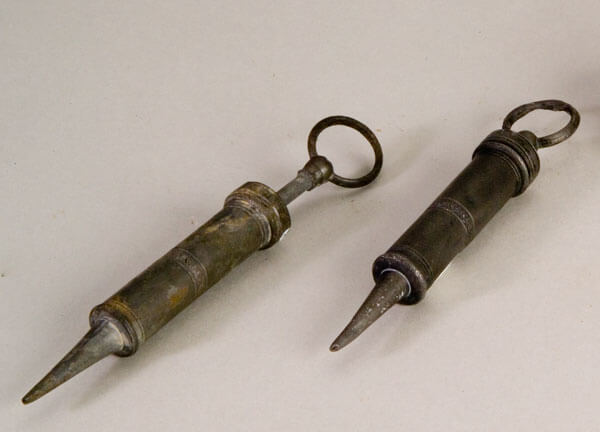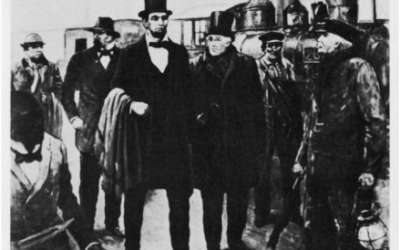The Civil War was the bloodiest conflict in American history and was fought in over 10,000 locations. Approximately 620,000 people, or 2% of the population at the time, lost their lives as a result of the battle. The Civil War claimed more American lives than all other conflicts put together. Given that a large portion of the information on the fatalities of Confederate soldiers was destroyed when Richmond burnt on April 2, 1865, it may be difficult to accept that these numbers genuinely represent an underestimation of the death toll. Based on comparative census statistics, more recent estimates place the number closer to 752,000. Numerous additional soldiers suffered disabilities. By 1866, the state of Mississippi allocated 20% of its annual budget to veterans’ artificial limbs.
There are many myths about medicine during the Civil War era, and this time is frequently called the “Middle Ages” of American medicine. Throughout the entire war, the medical system received harsh criticism in the media. It was said that care was not up to date for the period, that surgery was frequently performed without anesthesia, and that many unnecessary amputations were performed. All of these claims are untrue.
Amputations made up three of every four surgical procedures carried out throughout the war. It takes between 2 to 10 minutes to perform each amputation. Union soldiers suffered 175,000 extremity wounds with about 30,000 of these requiring amputation that lead to a 26.3% fatality rate. The likelihood of survival increased with the distance from the torso at which the amputation was performed. As the conflict went on, it was discovered that mortality was lower when an amputation was performed within 24 hours than when it was done after more than 48 hours. Only one in fifteen Union doctors were permitted to amputate. Amputations were only carried out by the most seasoned and senior surgeons. The public’s view that there were too many amputations being done led to the implementation of these modifications.
In the 1840s, anesthesia was first used in the United States and over 80,000 instances of it were employed throughout the Civil War. Chloroform was often used because it could be administered sparingly and had a faster reaction time, and wasn’t combustible. There were just 43 deaths from anesthetics during the war. The perception that anesthesia was not being utilized was caused by how light it was.
Amputation sets typically included tourniquets, hooks to extract items from limb stumps, bone-grasping forceps, long, sharp Liston knives for slicing through muscle, surgical razors, perforated-edge, bone-cutting saws, and bone brushes to clean amputation sites of bone dust. Some also had tools for amputating the tips of fingernails, such as finger saws.
The following are some images of various medical tools used during the Civil War.





0 Comments